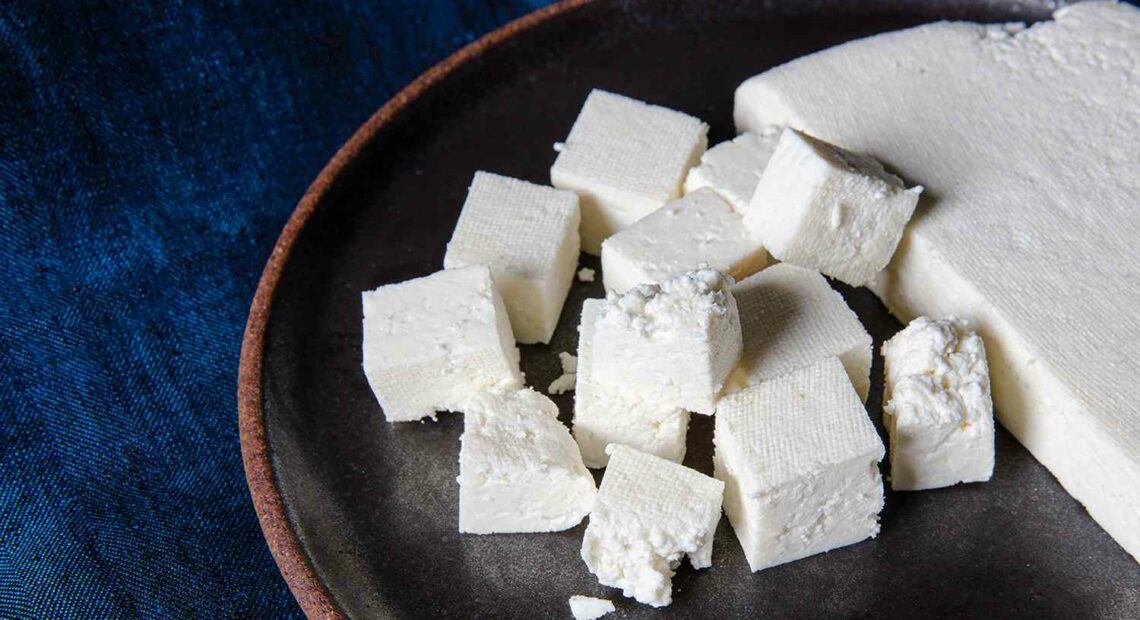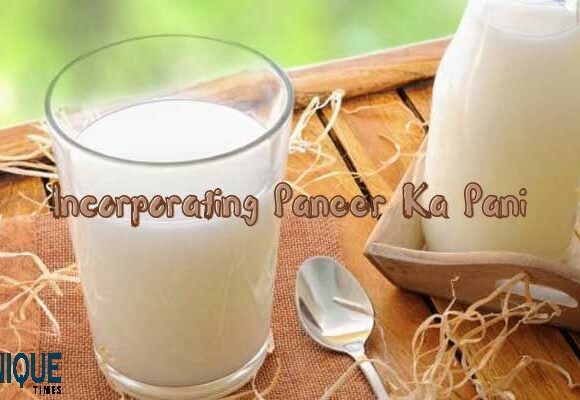Tips to Recognize Fake Paneer at Home

Paneer, a versatile and beloved ingredient in Indian cuisine, adds a creamy texture and protein-rich goodness to a variety of dishes, from curries to desserts. However, with the increasing demand for paneer, the market has seen the emergence of counterfeit or adulterated versions of this dairy staple. To ensure that you’re getting authentic paneer for your culinary creations, here are some tips to recognize fake paneer at home:
1. Texture Check: Authentic paneer has a firm and slightly crumbly texture, similar to tofu. If the paneer feels overly soft, mushy, or rubbery, it may be a sign that it’s not genuine and has been adulterated with additives or fillers.
2. Taste Test: Genuine paneer has a mild, milky flavor with a slightly tangy undertone. If the paneer tastes unusually bland, sour, or has a chemical aftertaste, it could indicate that it’s fake or of inferior quality.
3. Color Examination: Authentic paneer is typically off-white or pale yellow in color, depending on the milk used. Be wary of paneer that appears unnaturally bright white or has an artificial hue, as it may contain additives or artificial coloring agents.
4. Consistency Observation: When cut into cubes, genuine paneer maintains its shape and doesn’t crumble excessively. If the paneer disintegrates easily or appears to be held together with additives or starch, it may be a sign of fake or adulterated paneer.
5. Water Absorption Test: Place a small piece of paneer in a bowl of water. Authentic paneer should sink to the bottom and remain intact without disintegrating. If the paneer floats or breaks apart in the water, it may be adulterated with starch or other fillers.
6. Milk Smell: Authentic paneer has a subtle milky aroma reminiscent of fresh dairy products. If the paneer emits an unpleasant or chemical odor, it’s likely that it has been adulterated with non-dairy ingredients or preservatives.
7. Source Verification: Whenever possible, purchase paneer from reputable sources or trusted local dairy vendors known for their quality products. Avoid purchasing paneer from dubious or unlicensed sellers, as the risk of adulteration is higher.
8. DIY Paneer Making: Consider making paneer at home using fresh milk and lemon juice or vinegar. Homemade paneer allows you to control the quality of ingredients and ensures that you’re consuming a genuine and unadulterated product.
Conclusion: By paying attention to texture, taste, color, consistency, and source, you can effectively identify fake paneer and safeguard your culinary creations and health. With these tips in mind, you can confidently enjoy the rich and creamy goodness of authentic paneer in your favorite dishes, knowing that you’re getting the real deal.
Picture Courtesy: Google/images are subject to copyright








